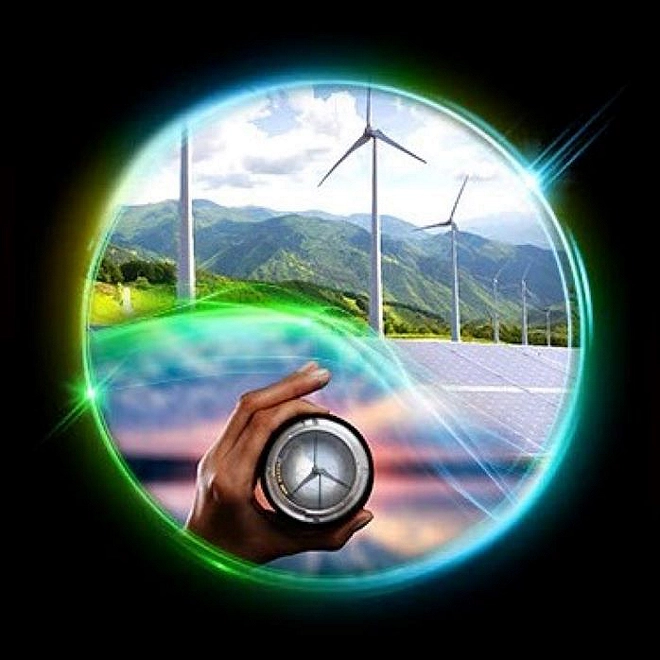2023 power and utilities industry outlook
Countering headwinds through innovation, investment, and industry convergence
In 2023, supply chain snags, rising costs, and extreme weather are likely to continue plaguing the power and utilities sector. But promising trends in innovation and investment, buoyed by recent legislation, can help the sector fulfill its mission to provide increasingly secure, reliable, clean, and affordable electricity. Our 2023 outlook examines the latest power and utilities industry trends to help your company tap opportunities across the entire clean energy economy.
Electric power sector weighs promising trends amid cost and climate woes
2022 was a year of perils and promise for the electric power sector. US electricity sales continued to rise as the pandemic recovery progressed, increasing 3.6% in the first eight months compared to the prior year.1 But costs also spiked, largely due to natural gas prices more than doubling on global shortages exacerbated by Russia’s invasion of Ukraine. Extreme climate events—from droughts to hurricanes, heat waves and wildfires—continued to test regional grid resilience.2 In response, the industry and policymakers worked to bolster reserves, deploy energy storage and microgrids, harden infrastructure, and strengthen flexible load options.3
In 2023, these promising developments will likely evolve further. But providing secure, reliable, affordable, and clean electricity could become even more challenging. Inflation, high fuel costs, and supply chain snarls may keep electricity prices elevated, while extreme weather, cybersecurity threats, and the growth of variable renewables and distributed energy resources may continue to require innovative management to ensure grid reliability. Despite these challenges, new technologies and supportive policies could ripen opportunities in 2023 and help the industry achieve its goals. Explore the five trends that will likely influence the direction of the industry over the next 12 months



